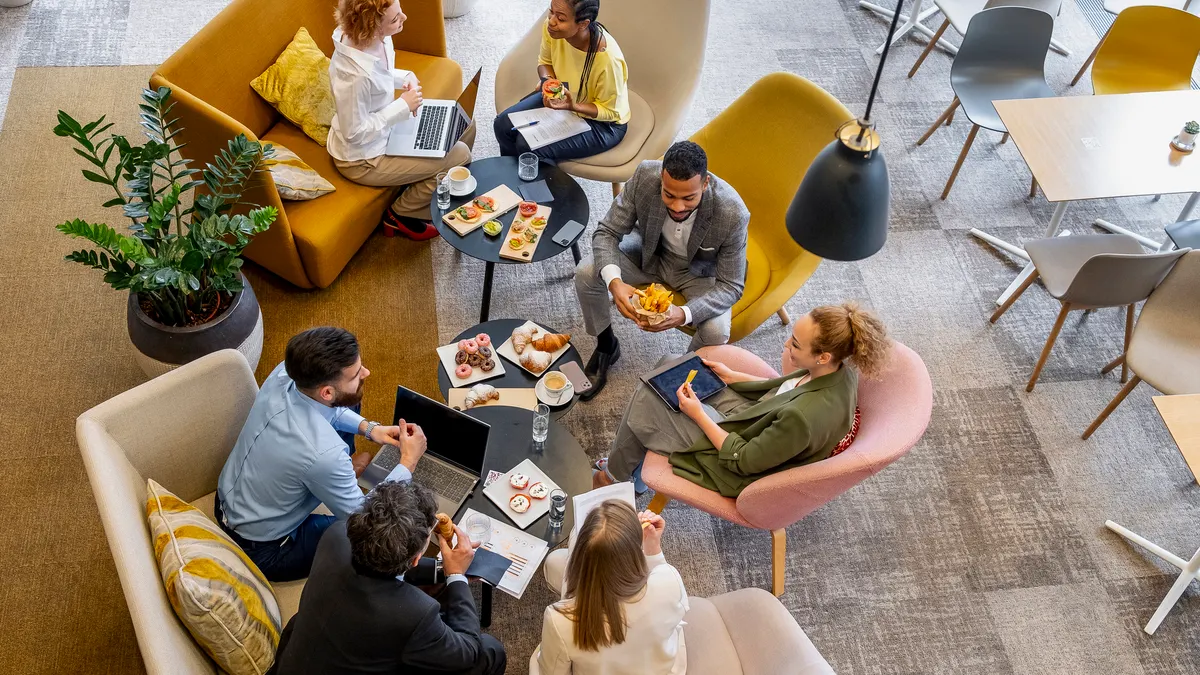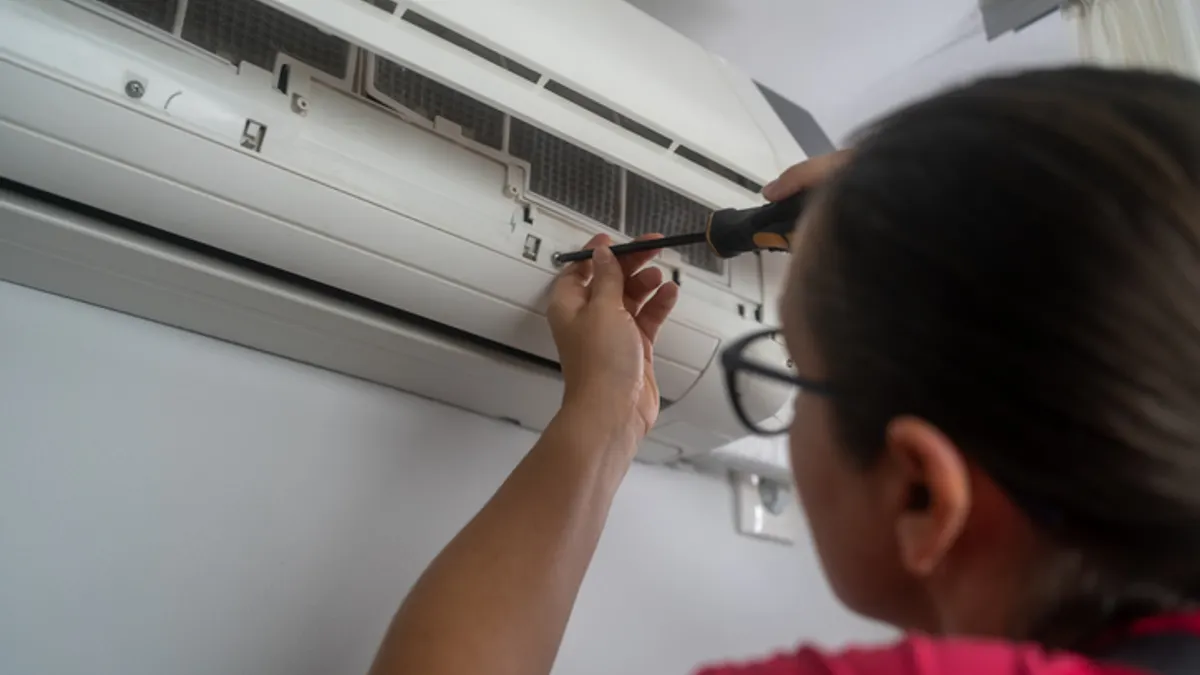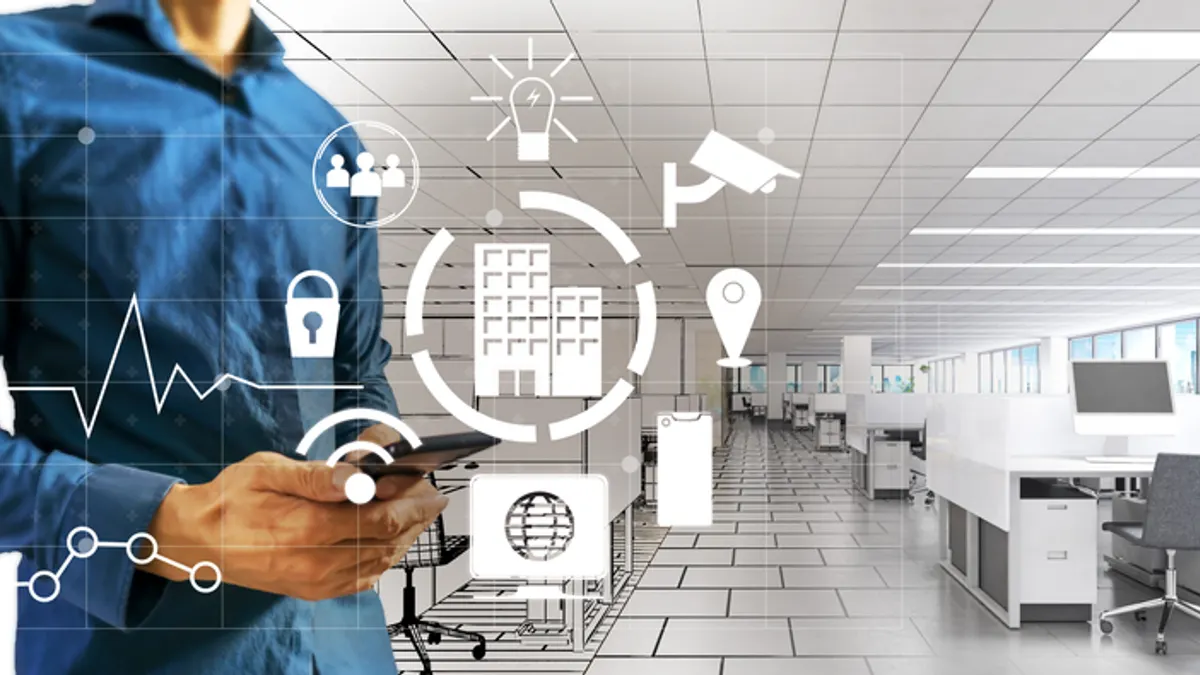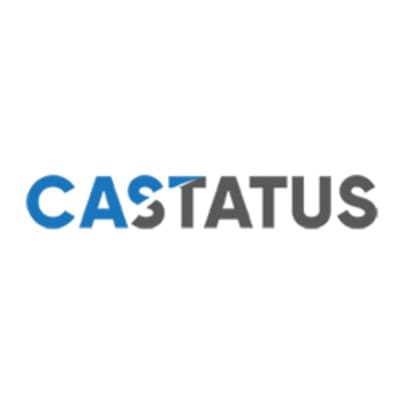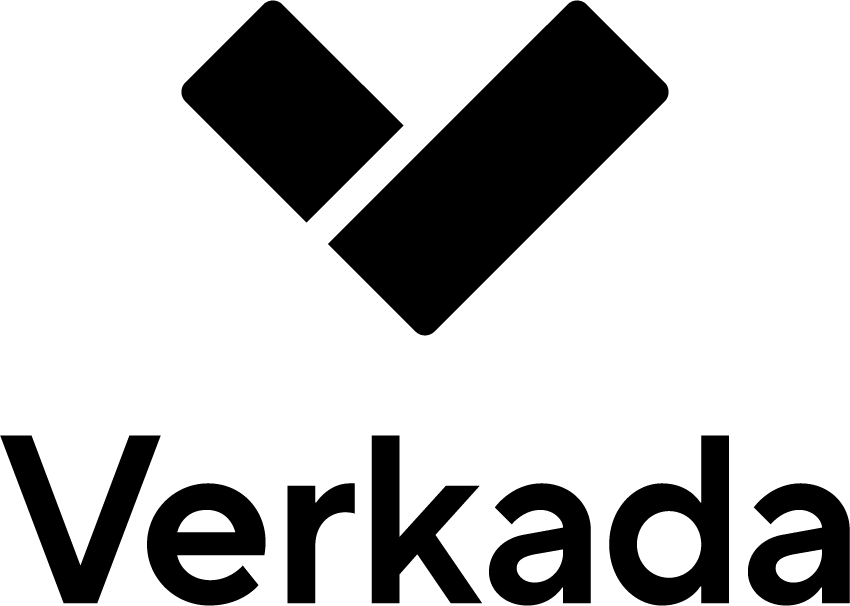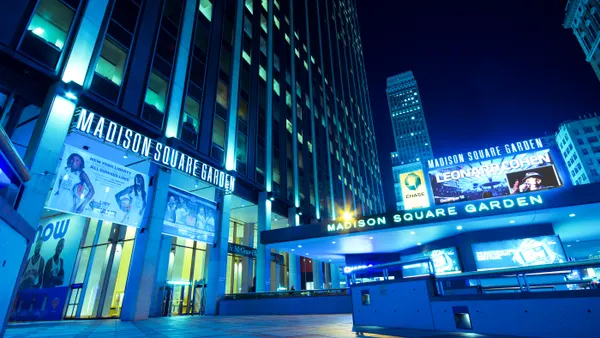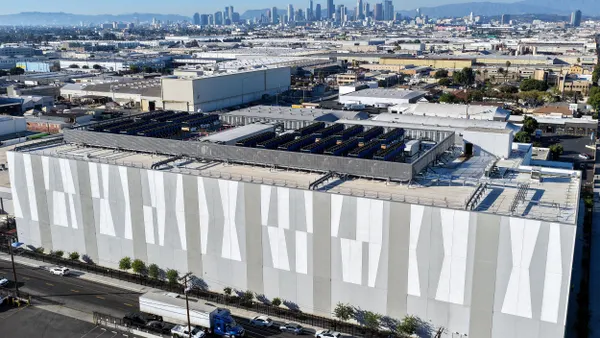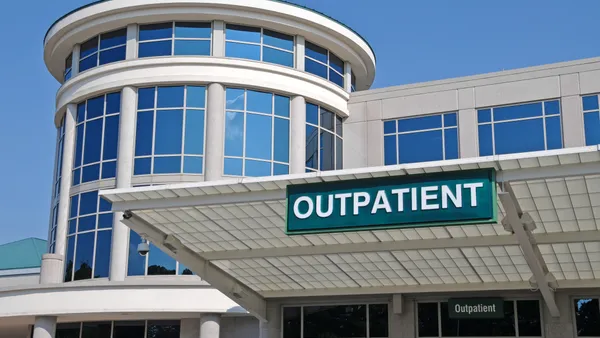Most companies are requiring workers back in the office, but not all of them are offering incentives to win employees over, studies show.
Cisco found a “clear, global trend toward increased in-office work,” with 72% of organizations issuing mandates for working in the office, according to the company’s 2025 global hybrid work study released in June. Nearly half, or 46%, of respondents said their organization’s hybrid work policy requires more time in the office than previous policies.
But what employers are offering as incentives for workers to return is mixed. Almost half of employers that recently required employees to transition to on-site work offered no perks to encourage attendance, according to a survey by catering platform ezCater.
That’s a missed opportunity, the company says. Employees now view the office as a vital hub for connection, with 60% believing the primary purposes of the contemporary office are collaboration and connection, according to the company, which surveyed 1,000 full-time U.S. employees.
Returning employees mostly want informal, social spaces that include outdoor areas and breakrooms or eating areas, ezCater’s survey shows.
Employees also want to see well-being initiatives, according to the survey. Of the 55% of workers who want those, most – 44% – want food offerings, but only 19% of companies offer that, ezCater said.
Almost 80% of respondents said that a daily or weekly employer-provided meal would, or does, improve the overall workplace experience, according to the report.
While many companies are leaning into technology tools to bolster collaboration in the office, ezCater says that workers are happiest when companies lean into both technology and in-person ways to connect, “and if those in-person gatherings involve food, even better.”
“The future of workplace experience will be social,” Robert Kaskel, vice president of people at ezCater, said in a statement. “It’s about finding ways to bring colleagues together, sometimes over a meal, so they can learn from and inspire each other, become friends, and celebrate shared successes, as well as share challenges and solve problems.”
Workers also wish that office layouts enabled more collaboration. Fewer than 10% of employees said a cubicle office is ideal; instead, the most popular option was a “mixed office space,” which combines open-plan areas, some cubicles and private offices, ezCater says.
“Break rooms, lunch spaces, and informal gathering areas are essential in fostering a sense of community and creating organic opportunities for collaboration,” Miriam Groom, CEO of Mindful career, a career counseling and coaching firm, said in the report. “These spaces help rebuild trust and connection, especially after years of remote work. Companies that prioritize these human-centered designs will have a significant competitive advantage in attracting and retaining top talent.”


